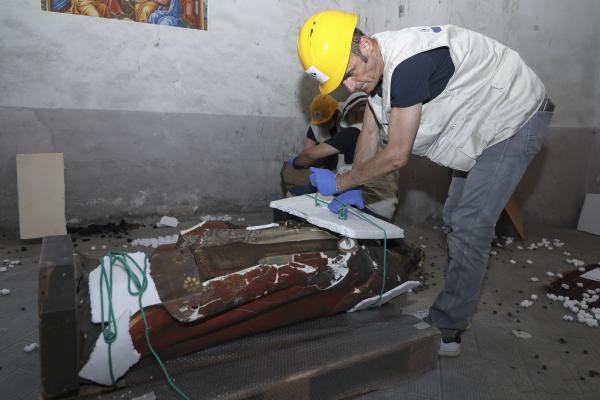In April 2019, a fire severely damaged the Notre Dame Cathedral in Paris, a stark reminder that even the most iconic European landmarks are vulnerable to disaster. Similar risks to heritage were seen when floods hit Venice in 2019 and Valencia in 2024, earthquakes damaged historical sites in Türkiye and Greece, wildfires threatened heritage areas across Southern Europe, and conflicts endangered museums and monuments in Ukraine.
These disasters show that cultural heritage, including historical sites, museums, archives, and intangible cultural traditions, require dedicated protection measures during crises. Losses to cultural heritage affect not only physical structures but also communities’ shared history and identity.
In recent years, efforts across Europe are reflecting this understanding. Cultural heritage is gradually being integrated into civil protection frameworks, backed by policy advances, technical guidance, and cross-sectoral cooperation.
Several EU-funded and international initiatives are contributing to this shift, including PROCULTHER-NET, the READY project, the Türkiye risk reduction guide, CPforHeritage in Croatia, and UNESCO’s Tsunami Ready programme. Each offers practical examples of how cultural heritage protection can be strengthened in emergencies through training, cooperation, and community engagement, using the different funding sources available at EU level.
As the world marks the International Day for Disaster Risk Reduction 2025 under the theme “Fund Resilience, Not Disasters,” these initiatives stand as a reminder that preparedness is the most effective investment. Funding resilience today helps protect both people and the cultural heritage that binds communities together.

PROCULTHER-NET: Building a European methodology for crisis response
READY – Cross-Sector training for cultural heritage protection

Türkiye: Developing a climate risk reduction guide for Heritage sites
